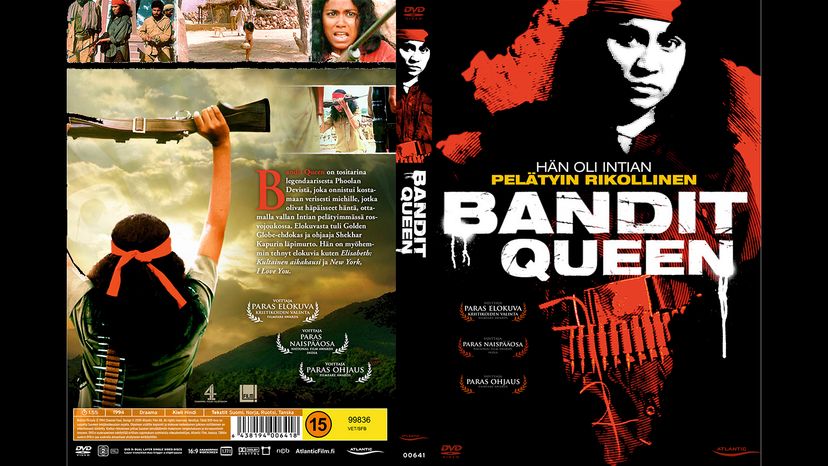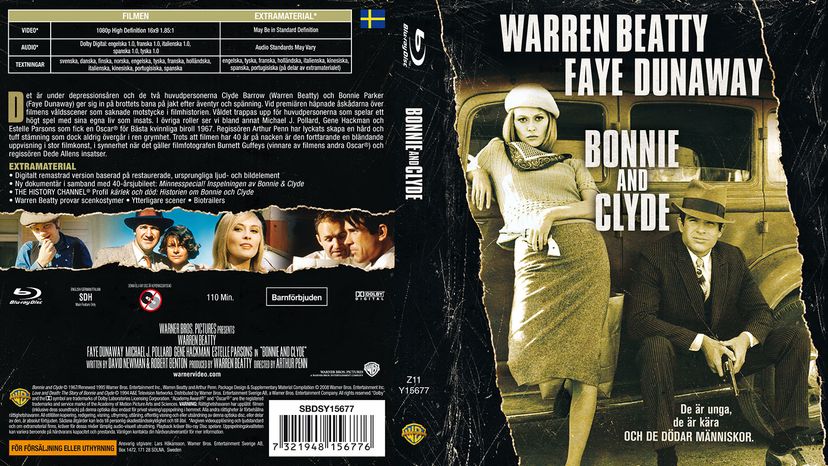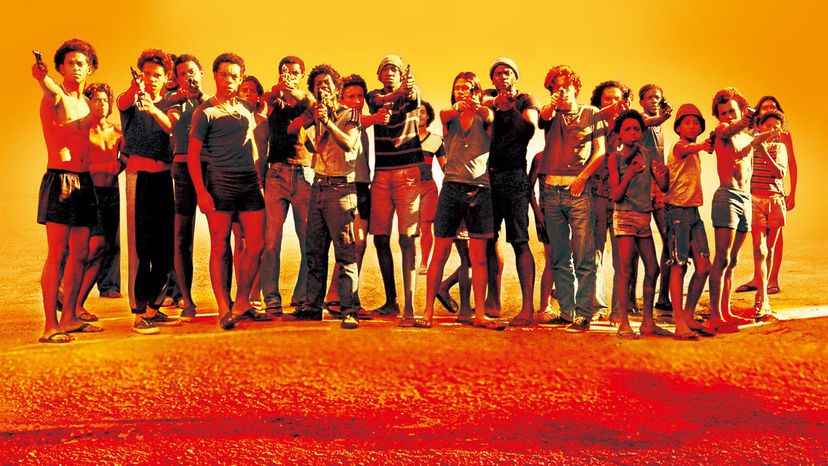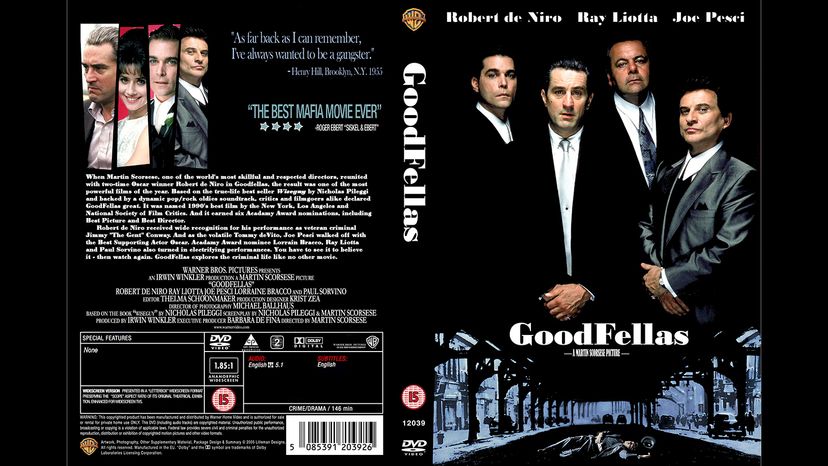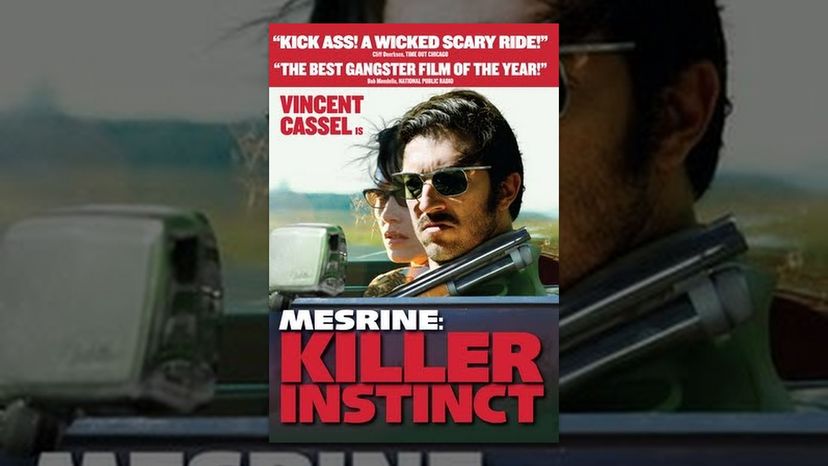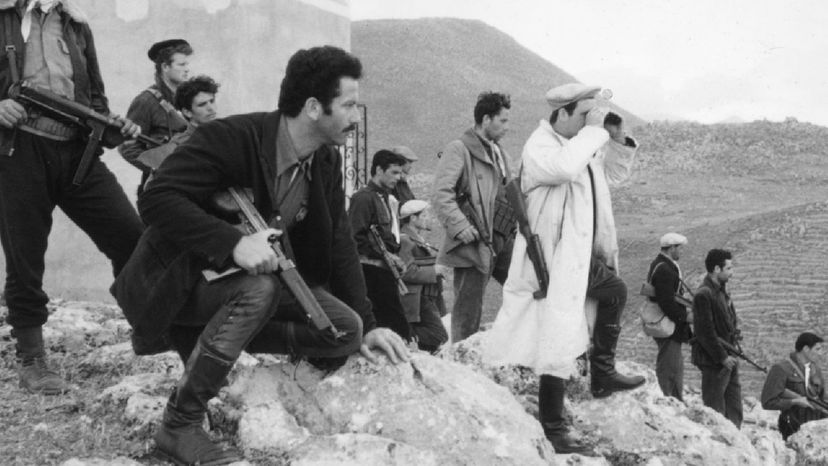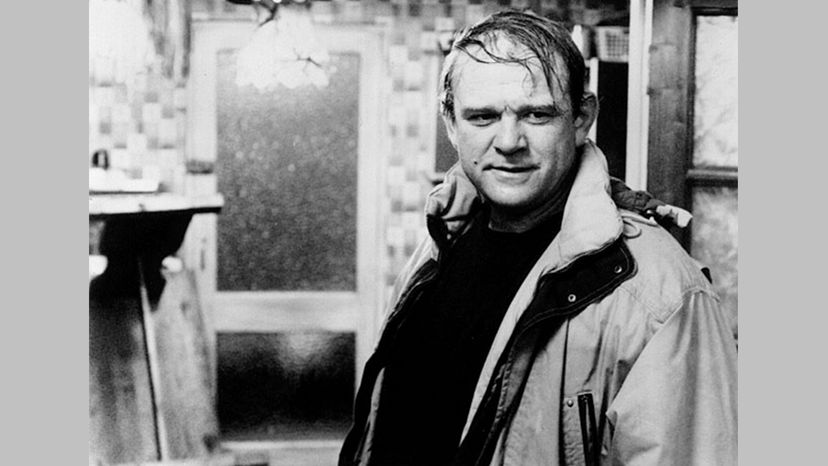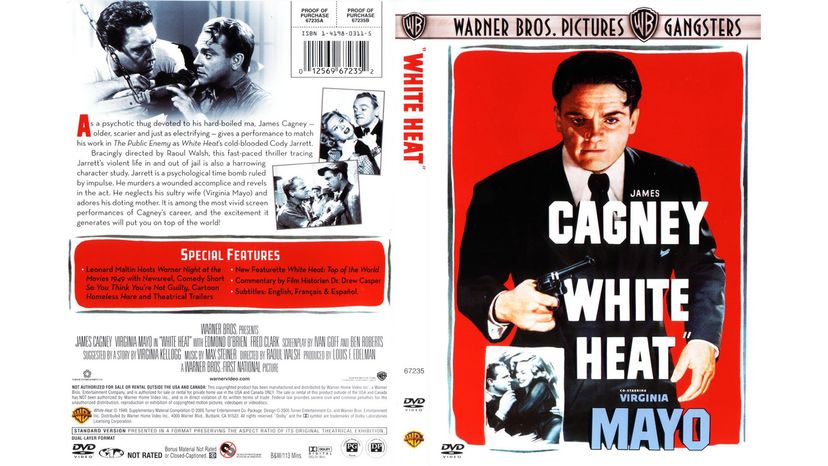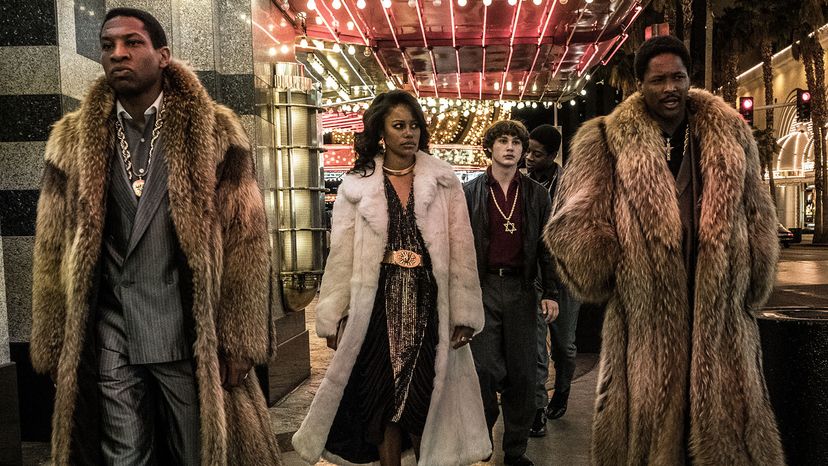
It's 1984 and Nancy Reagan is all over TV declaring that we should, "Just Say No!" to drugs. In Detroit, a cheap, new-fangled version of cocaine called crack is entering the market, tearing what's left of the social fabric to pieces and rocketing crime levels to all-new heights.
Elements of the municipal government are corrupt, from members of the police force right on up to the mayor's office. The FBI is recruiting informants from criminal circles in hopes of nailing the big players. The FBI is so desperate to corral the chaos that they bend the rules to the breaking point and convince a 14-year-old kid to become one of their stool pigeons. That kid is Rick Wershe, aka White Boy Rick, who's already playing at the edges of the city's underworld.
Advertisement
Wershe turns out to have a talent for the game, and in short order he becomes a hustling member of one of the city's most notorious gangs. His insider info leads to the arrests of bigger and bigger fish until it all blows up in his face when he's apprehended for dealing and put away for life.
Justice for a scuzzy lowlife who played the feds and made a mint? Or injustice for an underage informant who knew too much and paid the price? Wershe's real-life story plays out on the big screen as "White Boy Rick," starring Richie Merritt as Wershe and Matthew McConaughey as his dad. The story dives in for a closer look at the sorry tale of a teenager speeding in the fast-lane to the depths of Motor City.
"White Boy Rick" is part of a long tradition of gangster movies based on true events. Following, in alphabetical order, are 10 legendary examples of the mobster movie genre.
